photo by Michalis Andrianos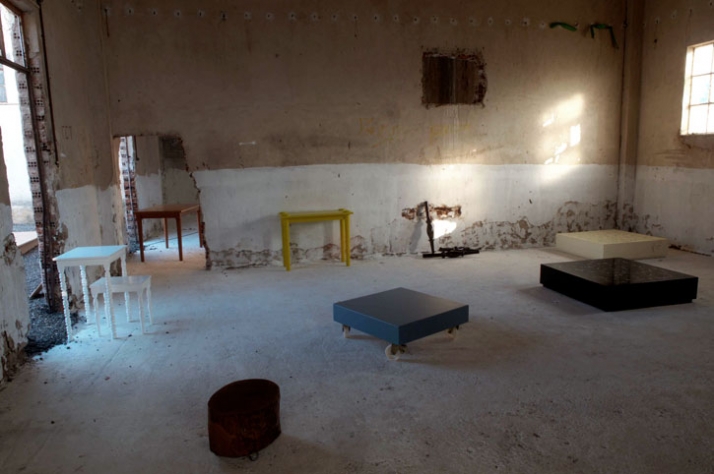
Yatzer is always in search of discovering up-and-coming designers, who definitely have something to say and show despite their humbleness. Spyros Drakos is a Greek designer who I met a year ago and he definitely had something to show, despite the fact that he is in constant search of developing his own identity through a very creative process. He has his own belief and sticks to it; he believes in simplicity and he applies it apart from his designs in his life style as well. In a world where we are bombarded by advertisements, musts, and a complicated and glamorous lifestyle, he manages successfully to live and design in a simplistic manner. Having travelled and been given the opportunity to live and work in glamorous cities he prefers to live in the Greek countryside. This daily interaction with nature fuels him with energy and gives him inspiration to create simple forms for his designs.
photo by Michalis Andrianos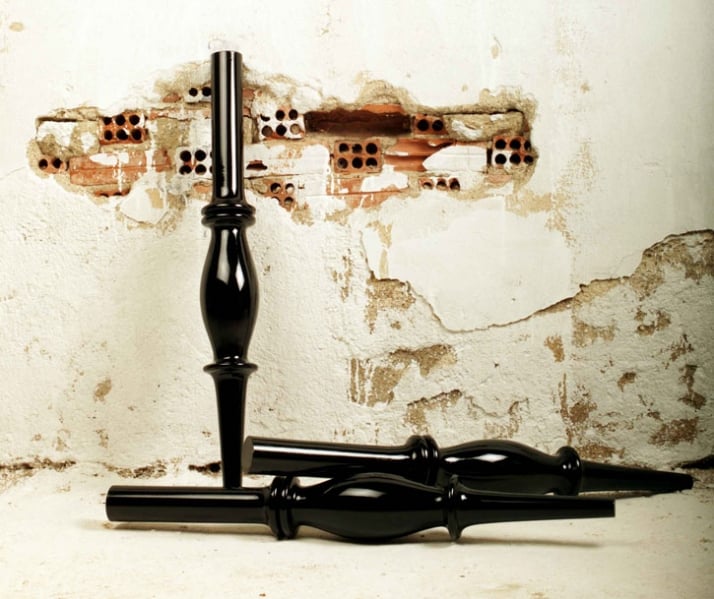
Spyros Drakos portrait by Michalis Andrianos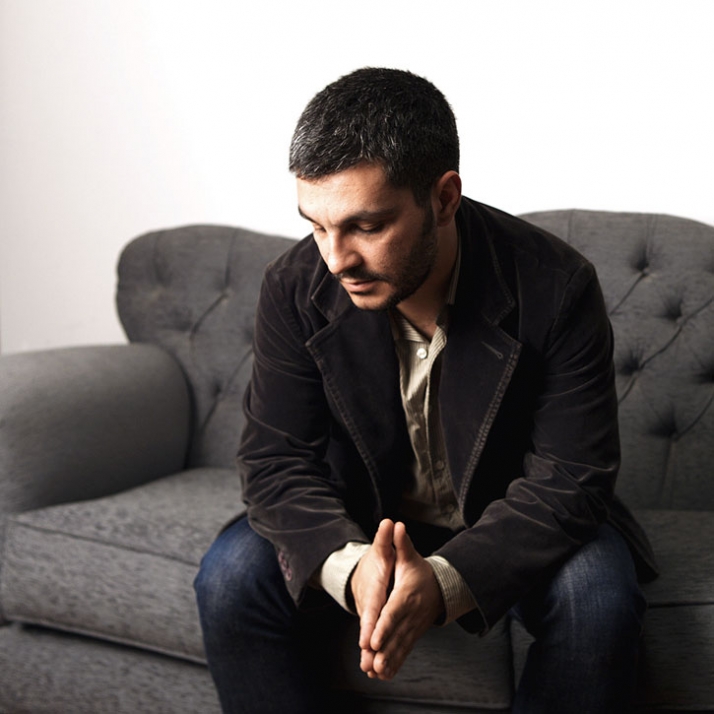
For Drakos wood is like the water that quenches his thirst. The smell of wood is one of his first childhood memories; the endless creations which he created as a child in his playtime have assisted him to design today with ease while keeping the construction part of the design always in mind. Drakos holds a degree in Construction and Design while he has professionally been trained to construct furniture from the very best, his father who owns and successfully runs a large construction//carpentry business for the past 30 years. Since 2007, Drakos has taken a very active role and has brought craftsmanship, design and art into his own label .:The Simple Life Project:. Wood Stories. His philosophy is to create individual and refined wooden constructions that are tailored to meet the needs of the client. His sophisticated yet simple design forms use high quality materials and are always designed keeping the functionality of the object in mind. For your eyes only on Yatzer, we couldn’t help but interview this designer // craftsman with the simple forms and simple ideas for a simple lifestyle.
Bead Side Table // Large // H76xL58xW47 
Bead Side Table // Small // H48xL46xW35
material: solid beech wood, mdf, lacquer paint
photo by Michalis Andrianos
Bead Side Table // H76xL58xW47 
Bead Side Table S // H48xL46xW35
material: solid beech wood, mdf, lacquer paint
photo by Michalis Andrianos
When was the first time that you came into contact with wood, at what age?
It’s very difficult for me to determine when exactly as the smell of wood is one of my first memories. Despite that, many years have gone by ever since I created polymorphic toys with scraps of wood which were left over from my fathers carpentry work. Maybe my entire perception regarding furniture design is based on this creative engagement in creating toys with wood.
What is the design style which expresses your furniture designs and what is your perception on this?
The style which expresses me the most is simple forms combined with some peculiar details for a unique result and in the meantime a satisfying result for my aesthetics.
How and what is the creative process like for you?
Having knowledge and experience regarding the constructive part of the design it is harder to differentiate it from the design. For me these two concepts work together; for instance from the moment that I design a piece of furniture I already know in what way it will be constructed.
am / pm coffee tables // H26.5xL110xW110 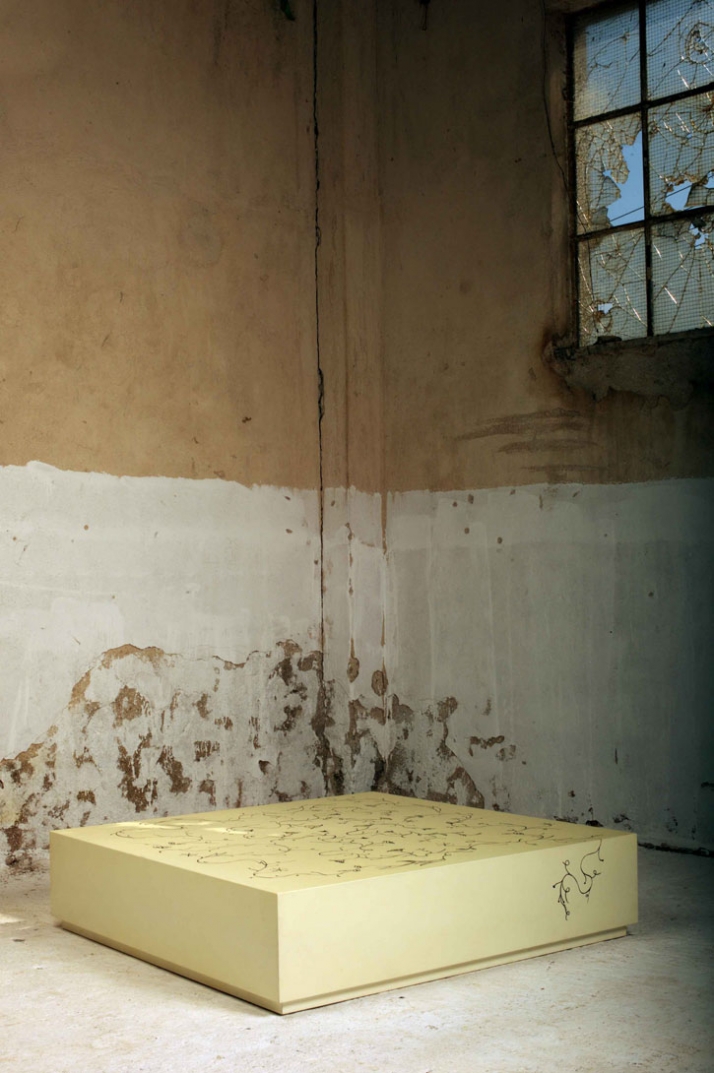
art details by Katerina Xenofontos // material: mdf, lacquer paint
photo by Michalis Andrianos
I know that you are the proud owner of many sketchbooks where you sketch furniture pieces and then you abandon them…how do you manage to have a complete image? Is organization in the design process a subjective meaning?
I believe that when someone considers their self a designer they can sketch anywhere: on napkins, on the border of the newspaper, on the receipt from a restaurant, anywhere! The process is simple, when you perceive a design you just have to record it anywhere and by any means so that you don’t forget it. From then and on the rest is very simple!
What is simple life project?
As I was telling you before it is very had to differentiate my lifestyle from my work. Simple Life is a project that has to do mainly with the design of furniture as well as their construction under an aesthetic approach which focuses on simplicity in design.
am / pm coffee tables // H26.5xL110xW110 
art details by Katerina Xenofontos // material: mdf, lacquer paint
photo by Michalis Andrianos
What does the simple life project mean to you? And to what extent does it represent your lifestyle?
Simple life is the configuration of the everyday life style which is truly a struggle to learn how to think and work in a simplistic manner. My choice of living in the countryside, my daily interaction with nature helps me see things in a clear scope of mind and to create in a daily platform which is free from the unnecessary needs and pointless conditions; then with a clear mind I can get inspired and apply my choices. As a result you have an aesthetically simple design form which is reflected by the material and the design form which does not lack the quality although it is “simple.” This represents my choices and my lifestyle 100%.
Vida Console Table // H79xL140Wx45 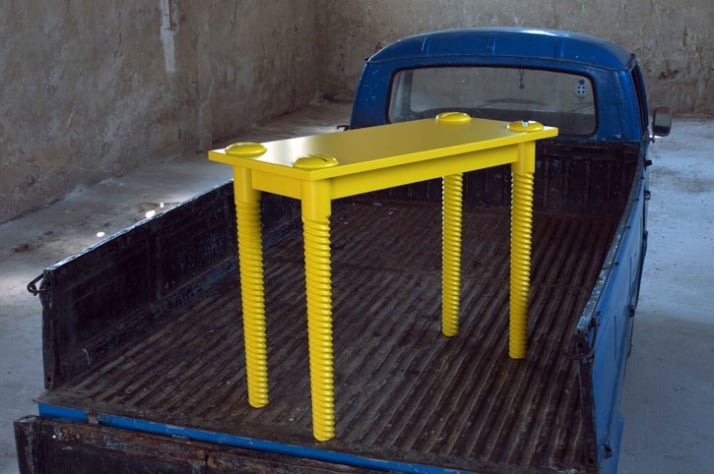
material: solid beech wood, mdf, lacquer paint
photo by Michalis Andrianos
Vida Console Table (detail) // H79xL140Wx45 
material: solid beech wood, mdf, lacquer paint
photo by Michalis Andrianos
What are your design influences?
This is something which cannot be accurately given as I consciously try to analyze any given optical stimulus on a daily basis. From there and on you understand that anything can be an influence consciously or subconsciously. The most important thing is to have self-confidence and the appropriate knowledge to incorporate your influences into a peculiar, high-quality design.
Your designs often have opposite design characteristics, for instance minimalistic designs combined with maximalistic characteristics, who do these opposites attract in your designs?
Everything is a matter of chemistry! (Laugh) I think that there should be no boundaries in design and the arts in the sense that many times a combination which might look awkward is the guide to your next step.
Muse Wooden Desk // H79xL140xW45
material: solid iroko wood
photo by Michalis Andrianos
What is the role of color in your designs?
It depends on the case. The truth is that when you design a piece of furniture the color or the lack of color is part of the design. In other words in the design process of a specific furniture piece you have to have decided on the color which will be used.
Which piece of furniture is your favorite and you wished that it would exist forever?
The Eames Lounge (670) and Ottoman (671), (1956, designers: Charles and Ray Eames). So much for their everlasting and up to date design, as well as for their usage and combination of materials.
Who is your favorite designer?
I always get informed regarding developments and updates in design on a worldwide level and there are many designers which I admire but I do distinguish the work of Philip Starck for the continuity and the duration in time along with his self confidence to pass with ease from one design style to another without being trapped in design clichés.
n'roll coffee table // H28xL80xW80 
material: mdf, lacquer paint
photo by Michalis Andrianos
What is in your bag right now?
Cell phone, glasses sun and vision, wallet, pencil but no paper, I’ll always find a napkin if in need!
How do you imagine yourself ten years from today?
To be honest I had never thought of this up until this moment. I believe that it is better when someone appreciates the present. Anyhow, I guess somewhere were I can combine a simple and human way of life along with the development and progression of my work. I cannot say anything in specific about my work because I believe that development is a matter of instinct and it is hard to differentiate the development of my work from my way of life.

















